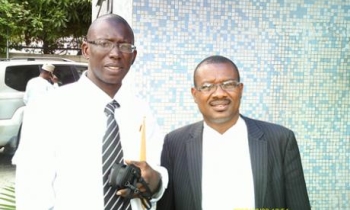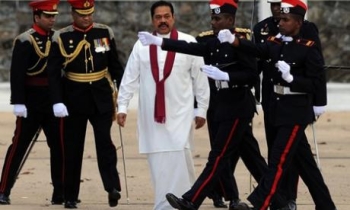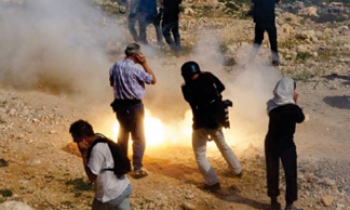For the past two weeks, NHK, Japan’s public broadcaster, has covered a triple disaster, appraising the damage with the help of 14 helicopters, 67 broadcasting vans and virtually no adjectives. Its anchors do not use certain words that might make a catastrophe feel like a catastrophe. “Massive” is prohibited. Same with “severe.” NHK gives its cub reporters an earthquake and tsunami coverage manual — Japan is a country famous for manuals — and here it instructs them in how not to stir panics, and how to properly apologise when calling local officials for updates.
Excerpts from a Washington Post report: [Link]
NHK, as part of its core mission, aims to keep viewers levelheaded. This makes NHK, at once, the best place to follow a disaster and the strangest. Its restrained reaction to all things harrowing and life-threatening is one of those textbook Japanese paradoxes, and in recent weeks Japan has responded to its crisis much in the manner that NHK has presented it.
On March 11, when a tumble of black water submerged buildings and lives, an NHK chopper beamed the real-time footage — a sensational horror, under-sensationalised. “We are showing you the current situation,” one of the anchors said. And then: “We can see how houses are being pushed away by the tsunami.” And then: “Houses, buildings are being washed away. Gulping down farms as well. We can see buildings and cars. Black waves gulping down buildings and farms.” And then, repeating: “This is the current situation at the mouth of the Natori River in Sendai City.”
For those accustomed to the breathless coverage of Western cable news, NHK can feel almost pedantic — it has the resources of the BBC but the quirks of a middle-school science teacher. In-studio analysts hold long talks about microsieverts. A cardboard model of a nuclear reactor is kept behind the anchor desk, available as a prop to illustrate the malfunctions at the Fukushima Daiichi plant.
For many viewers, the cardboard reactor is far more recognizable than the on-air personality talking about it. NHK has no star personalities, and in fact, it doesn’t want them. During disaster coverage, it rotates its anchors off camera every hour, as if to ensure their namelessness. They are paid and treated equally, one executive said.
Long before this 9.0-magnitude earthquake hit Japan, NHK had spent lots of time planning how to cover a crisis. It set up 460 remote cameras across the country, allowing for immediate footage of any disaster site. It integrated an emergency warning system that could warn of a quake — preempting coverage — seconds before a tremor hit. It mandated that a certain number of anchors live within five kilometers of the studio, so they could run to work if downtown Tokyo were crippled by a quake. Every night after the final newscast, NHK’s Tokyo bureau held a mock disaster drill, with backroom workers cuing up the meteorological warnings and on-air anchors barking them out. They held a similar drill every night at the Osaka bureau, just in case the folks in Tokyo became trapped or unreachable.
Perhaps all of this preparedness felt redundant, a telltale of breathtaking bureaucracy — until March 11. NHK was so quick to warn Japan of a tsunami that the network likely saved hundreds, maybe thousands of lives. These are the people who were watching NHK or turned it on when the earthquake struck at 2:46 p.m. NHK broke into its news coverage at 2:48 p.m., minutes before any other Japanese network. Already, the screen was loaded with emergency information.
NHK had a helicopter and a cameraman on standby in Sendai, and a pilot had him in the air right around 3 p.m. It was the last flight approved for departure at an airport that was soon swallowed by the tsunami. As the ocean first withdrew, then surged forward, NHK showed the footage from above — an unprecedented visual. In the lower right corner of the screen, a map of Japan was blinking with colors, detailing the various danger zones for tsunami waves. Tsunami waves were due in at six meters, eight meters here, 10 meters there. An anchor tried to read the data as if it weren’t life-threatening information, but just for a moment, he sounded terrified.
In many ways, the ensuing disaster coverage has been dominated by NHK, which has shown memorable images from evacuee shelters, from wrecked villages, from towns even rescue workers hadn’t gotten to yet. In other ways, however, coverage of this disaster has demanded something more than restraint. With the government often vague about radiation leakage and the possible health dangers, NHK has pushed only delicately for clearer data. Imai, NHK’s executive managing director, said that Japan’s government hasn’t tried to influence or interfere with coverage. But either way, this is a disaster that — at least in moments — demands some yelling, and also some crying. Watching NHK can keep you sane, but it can also make you tone-deaf.









